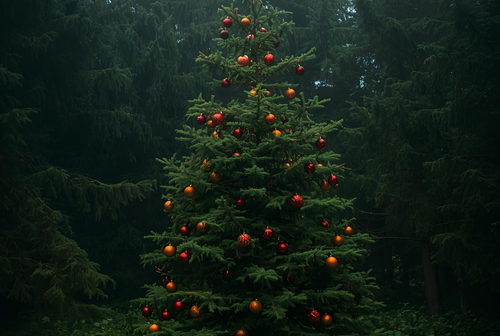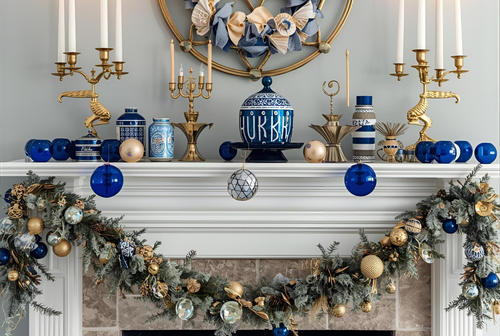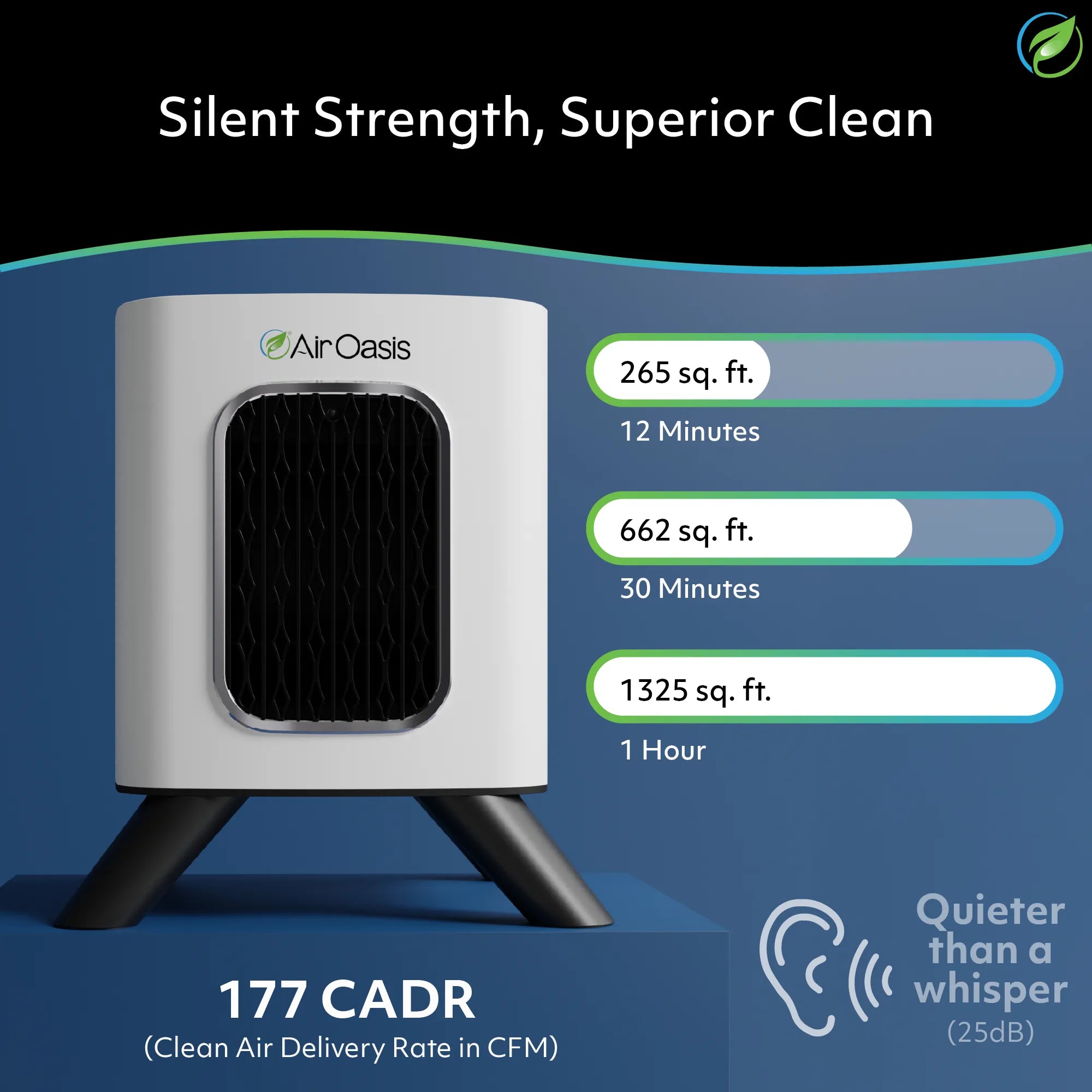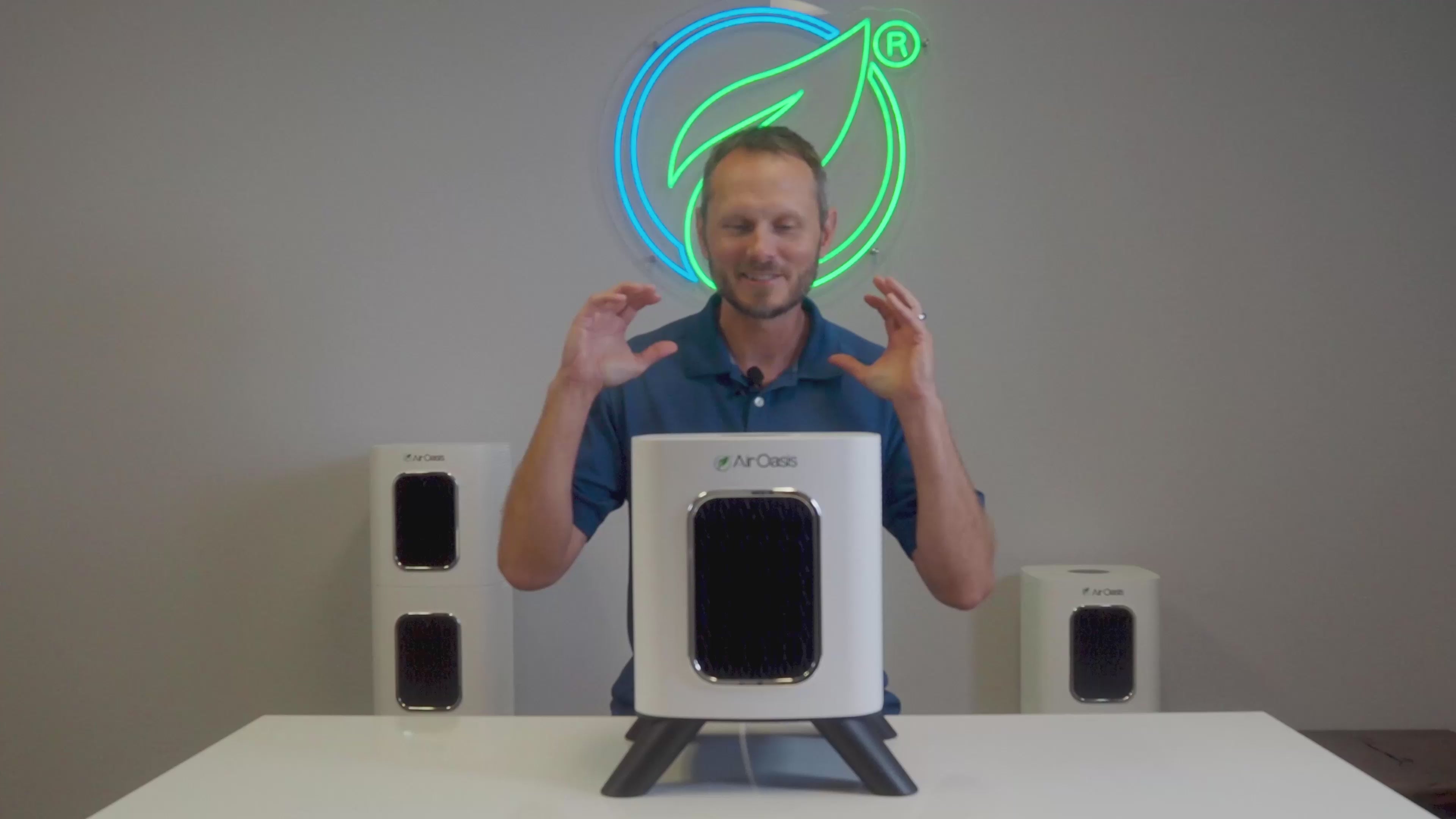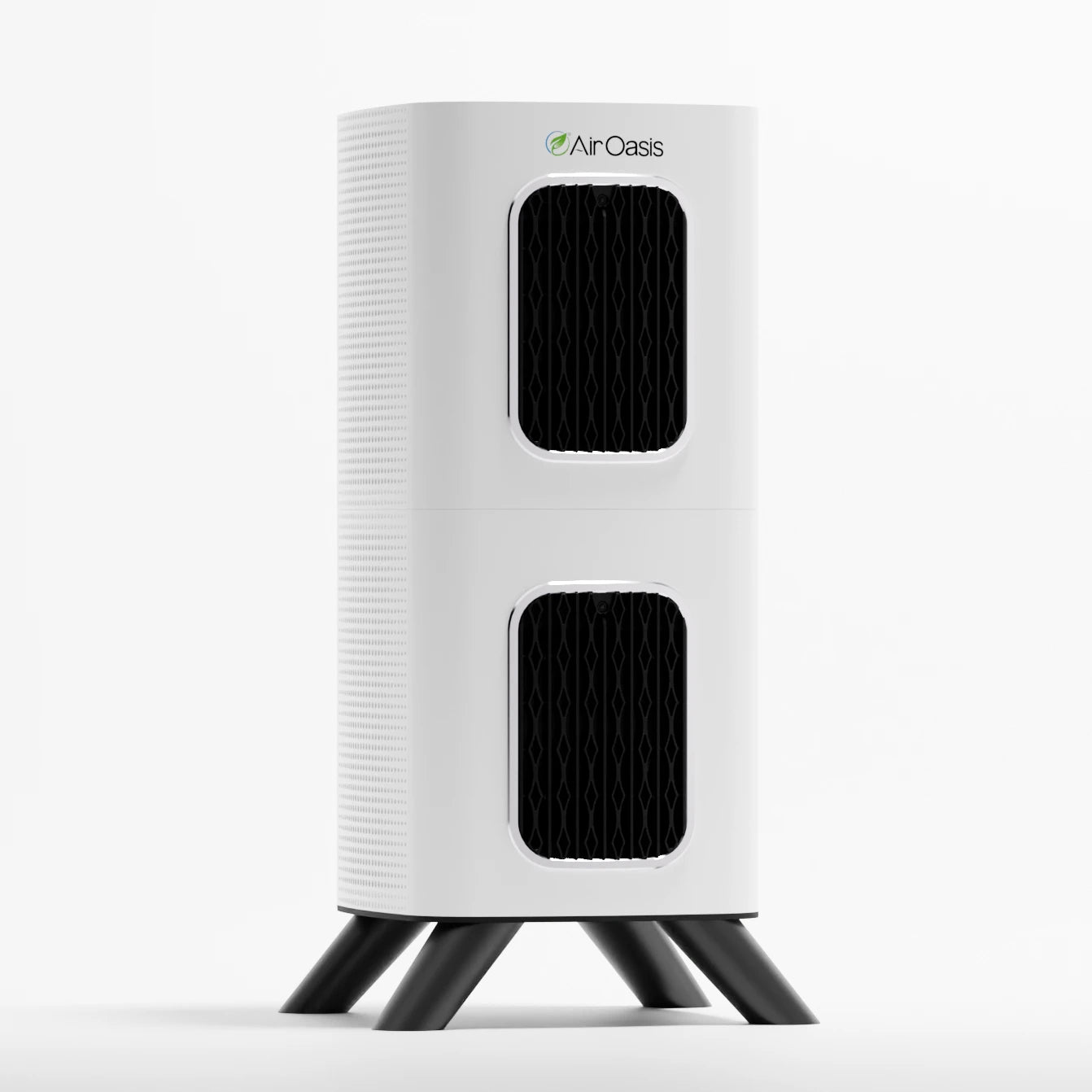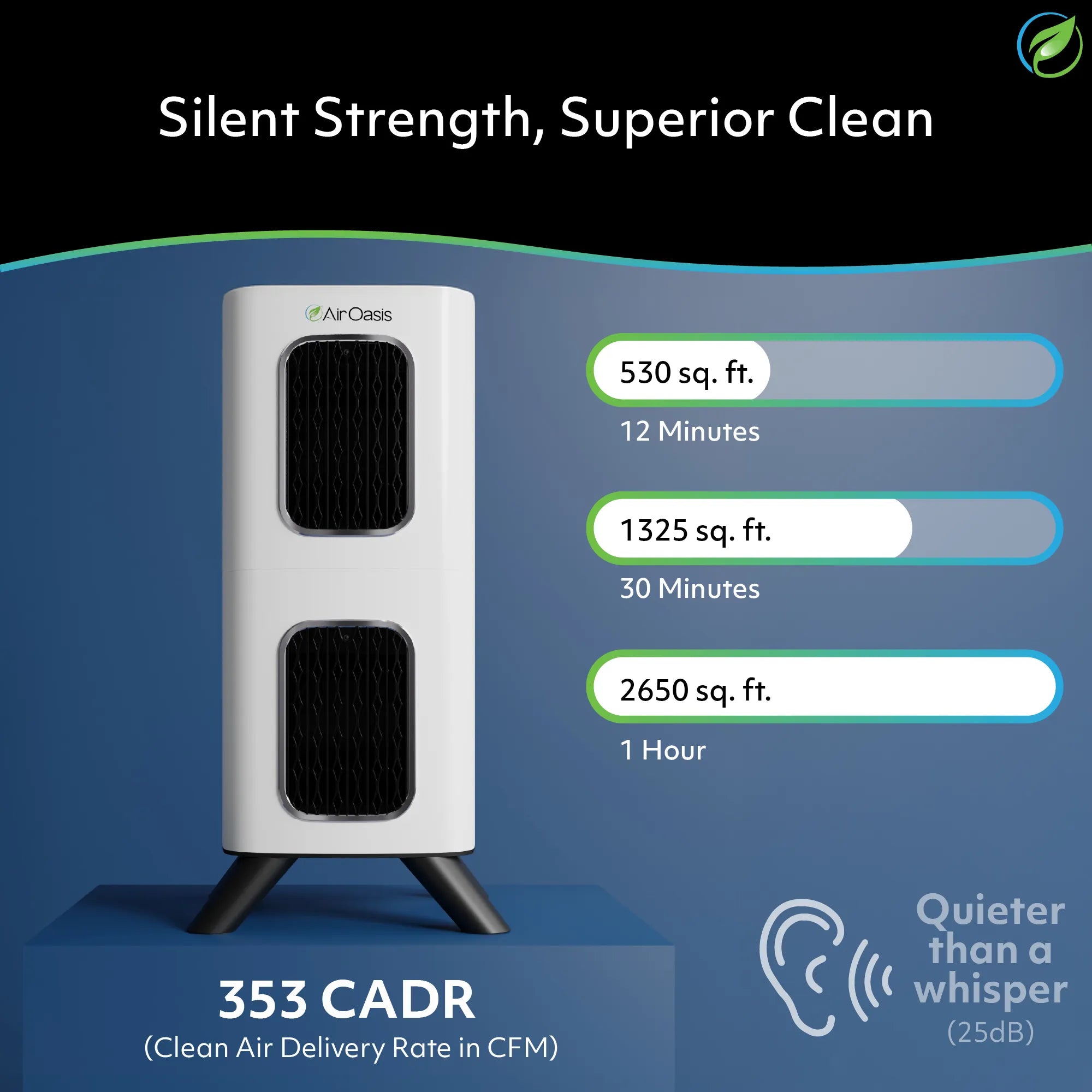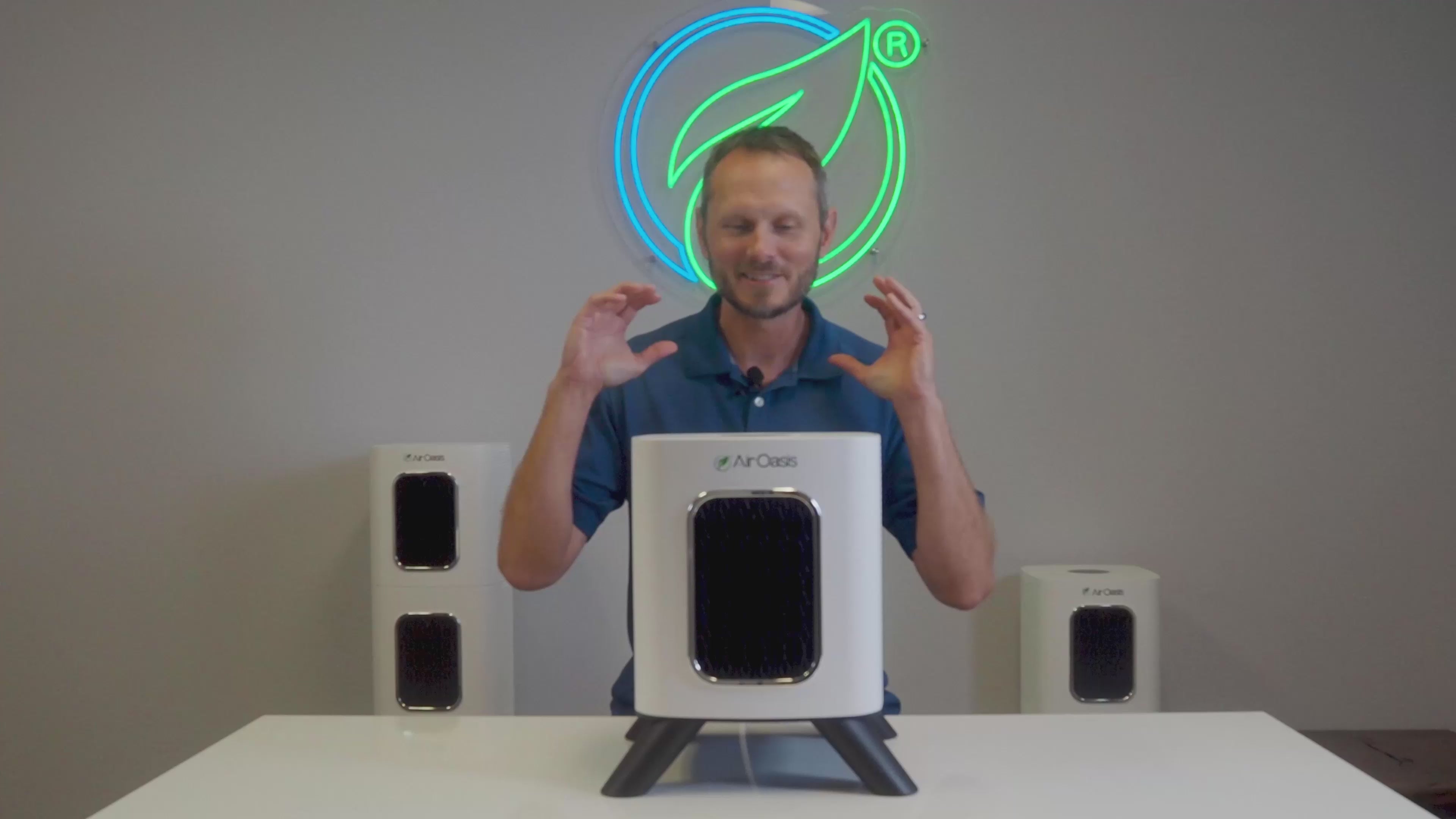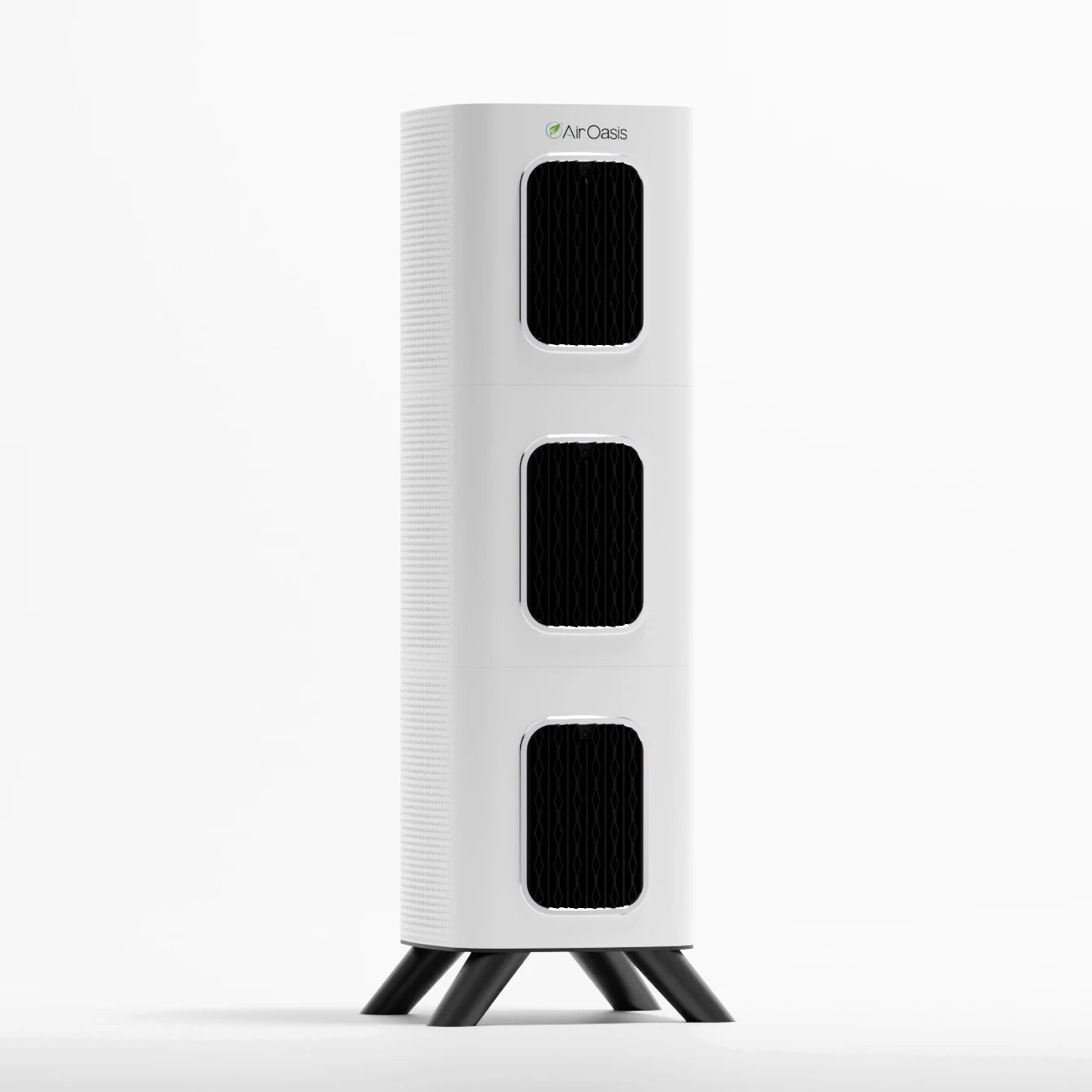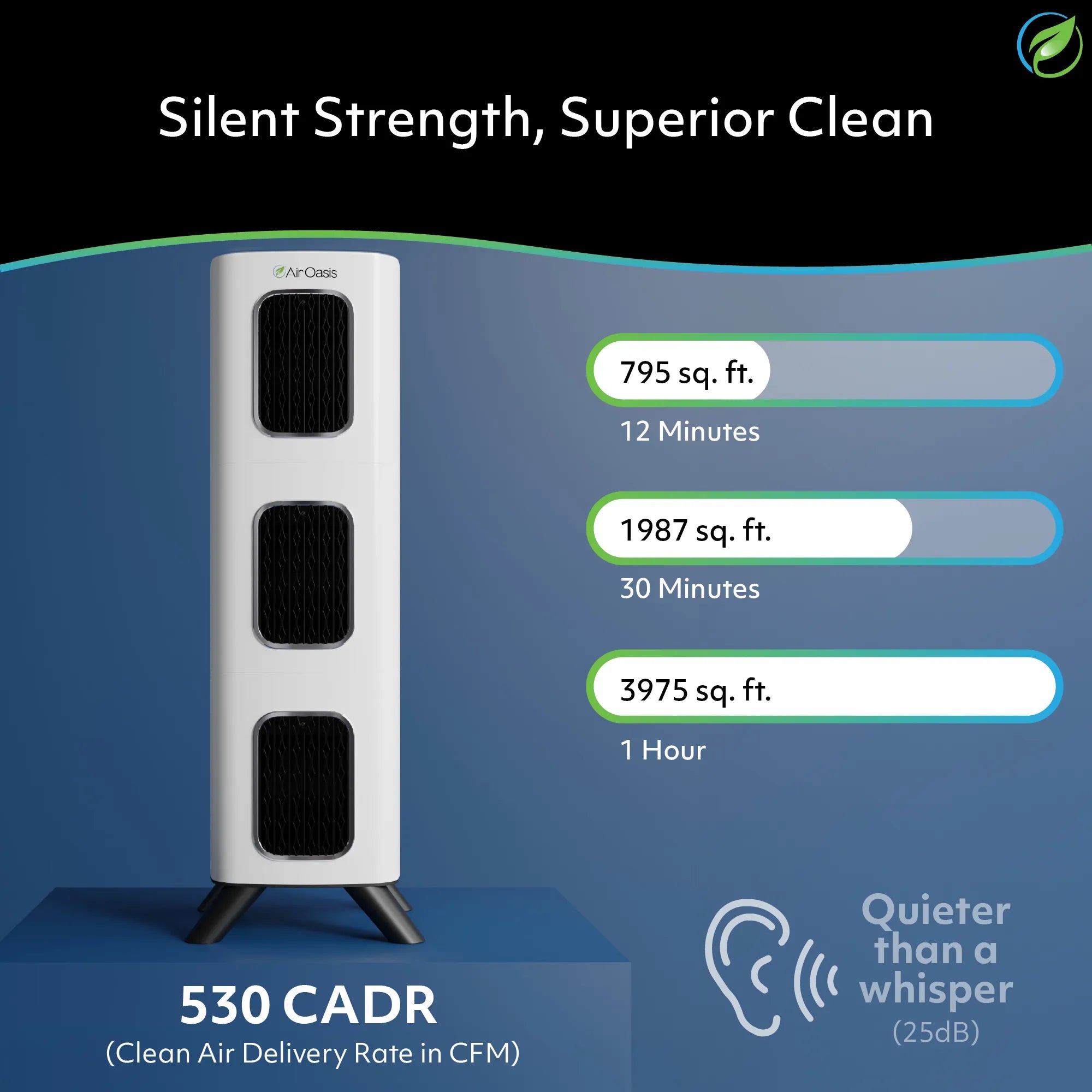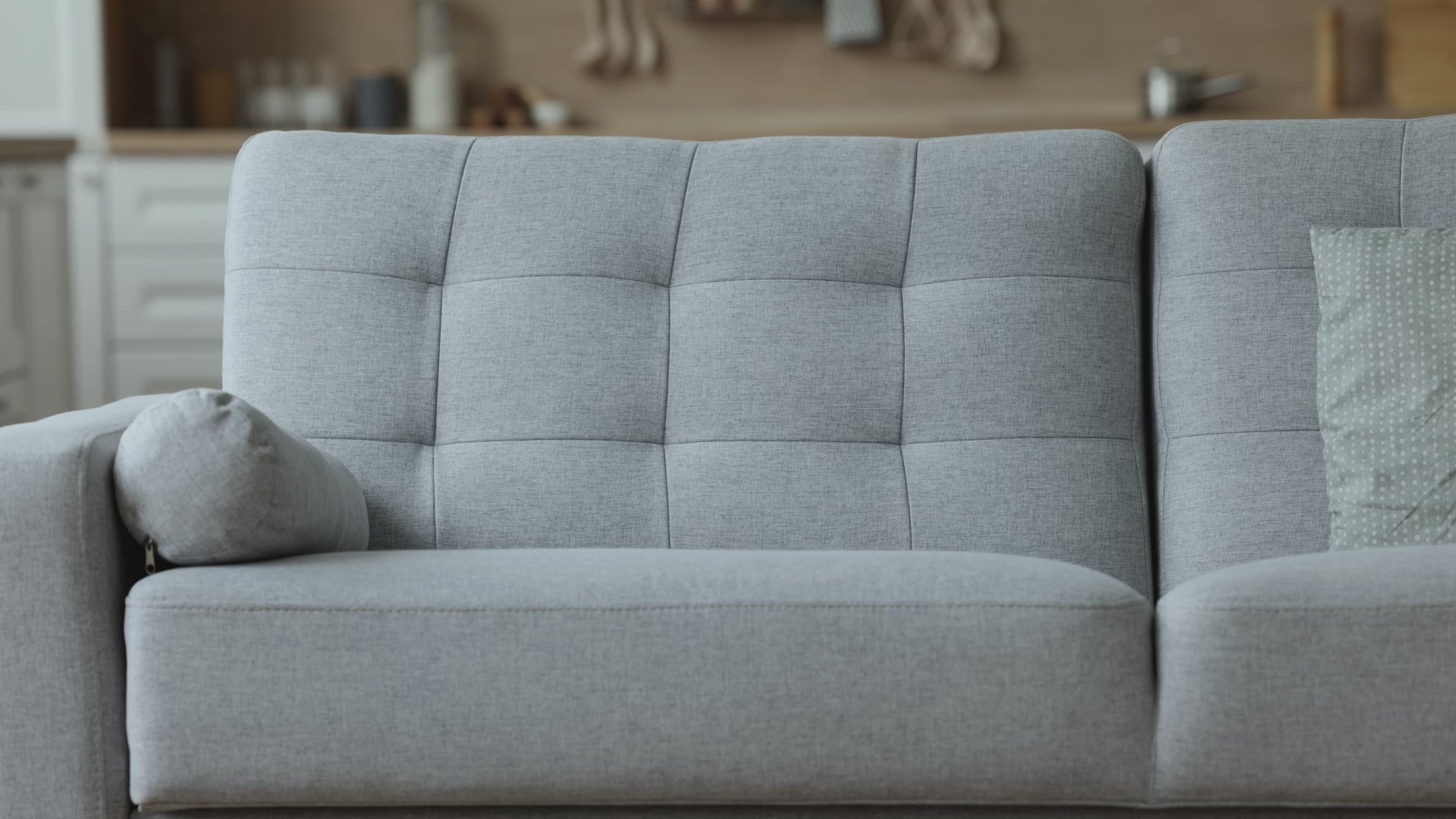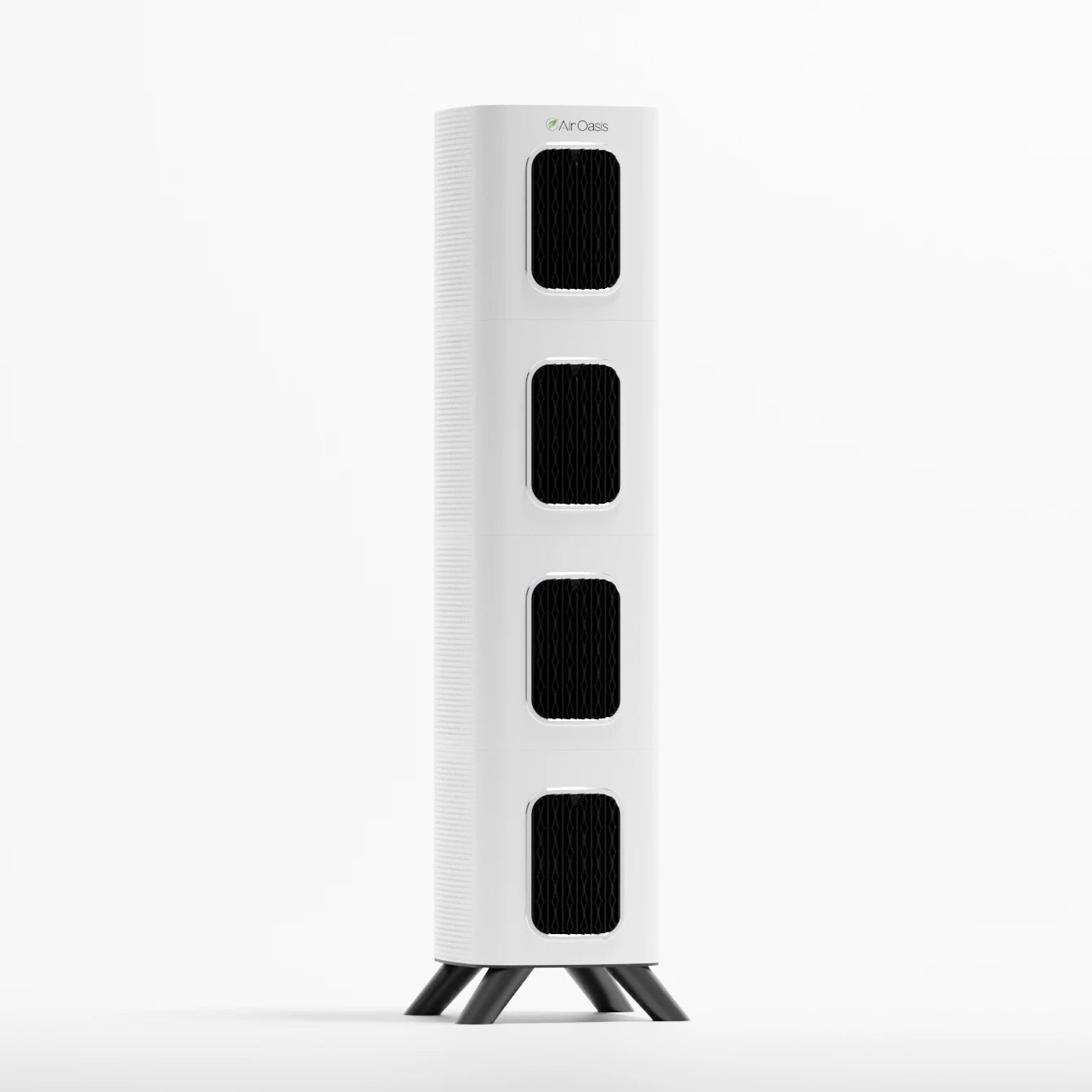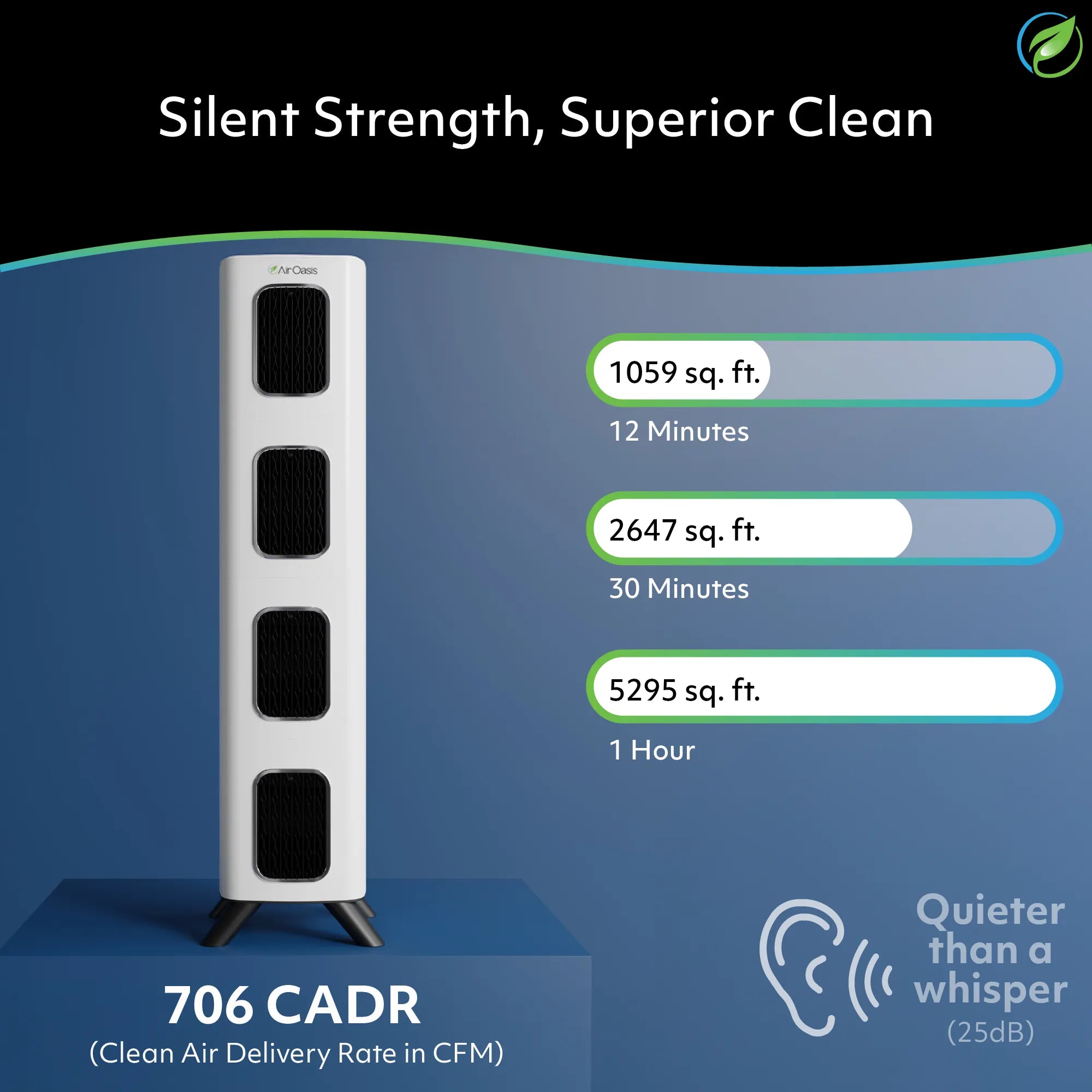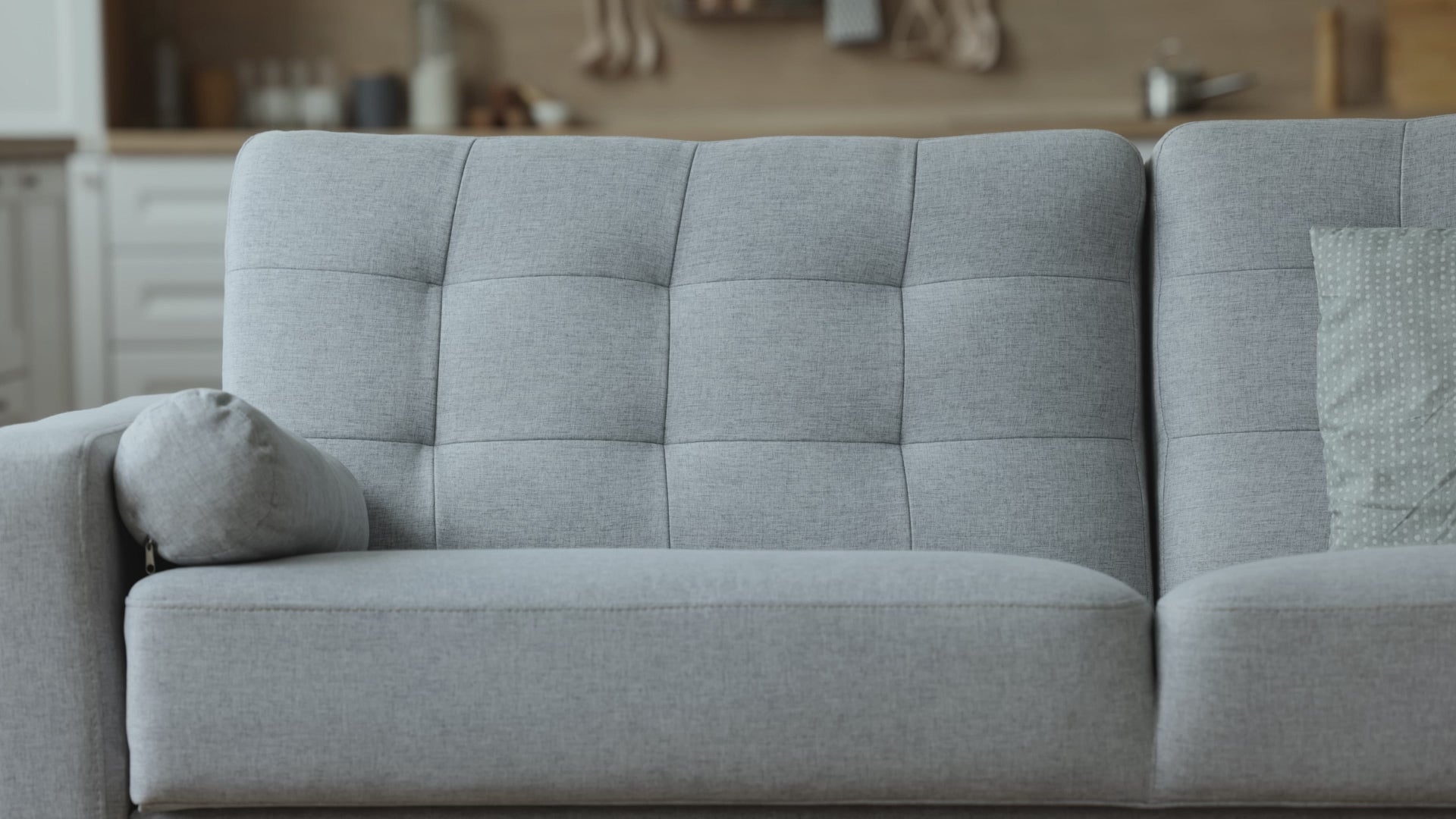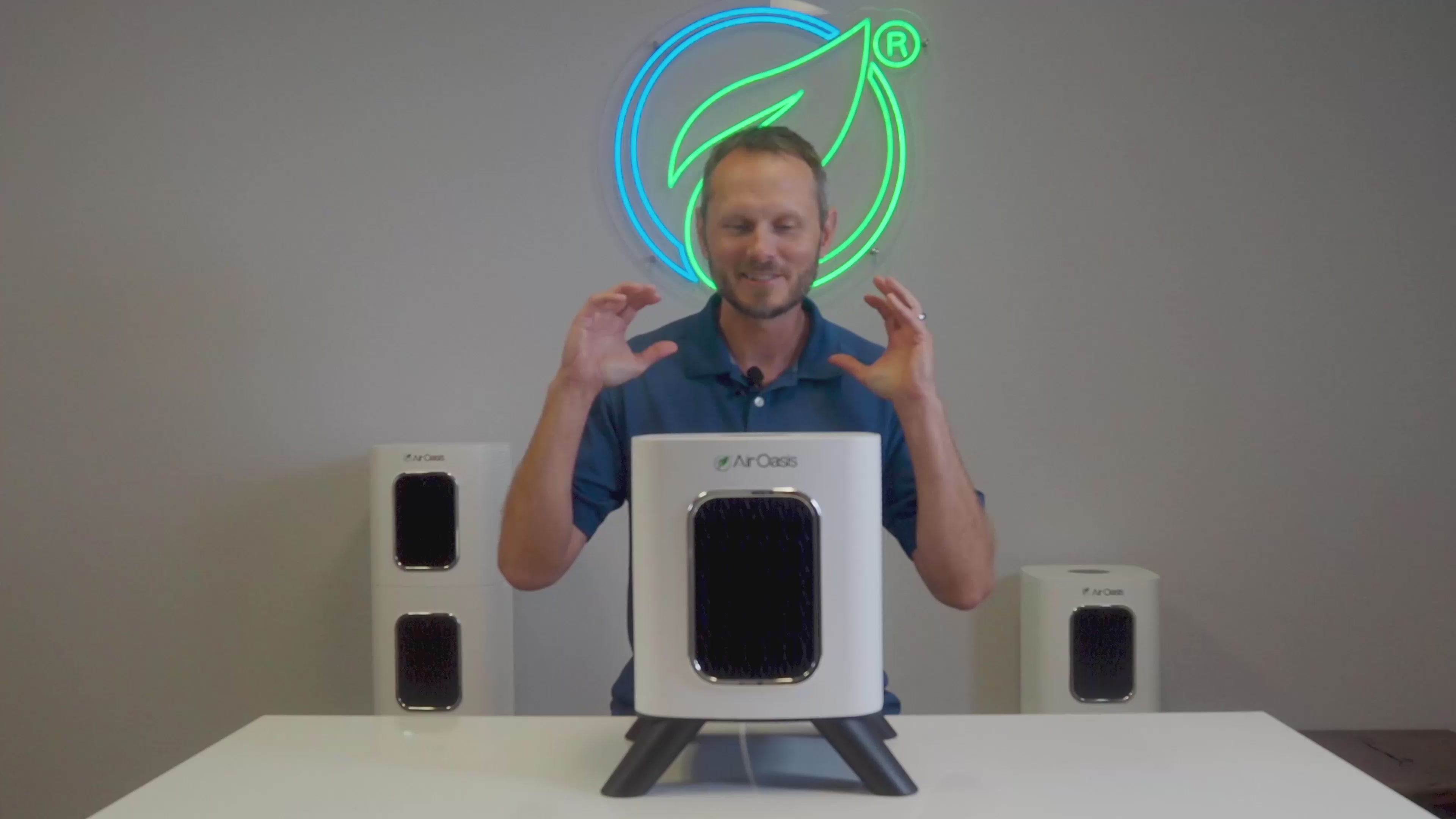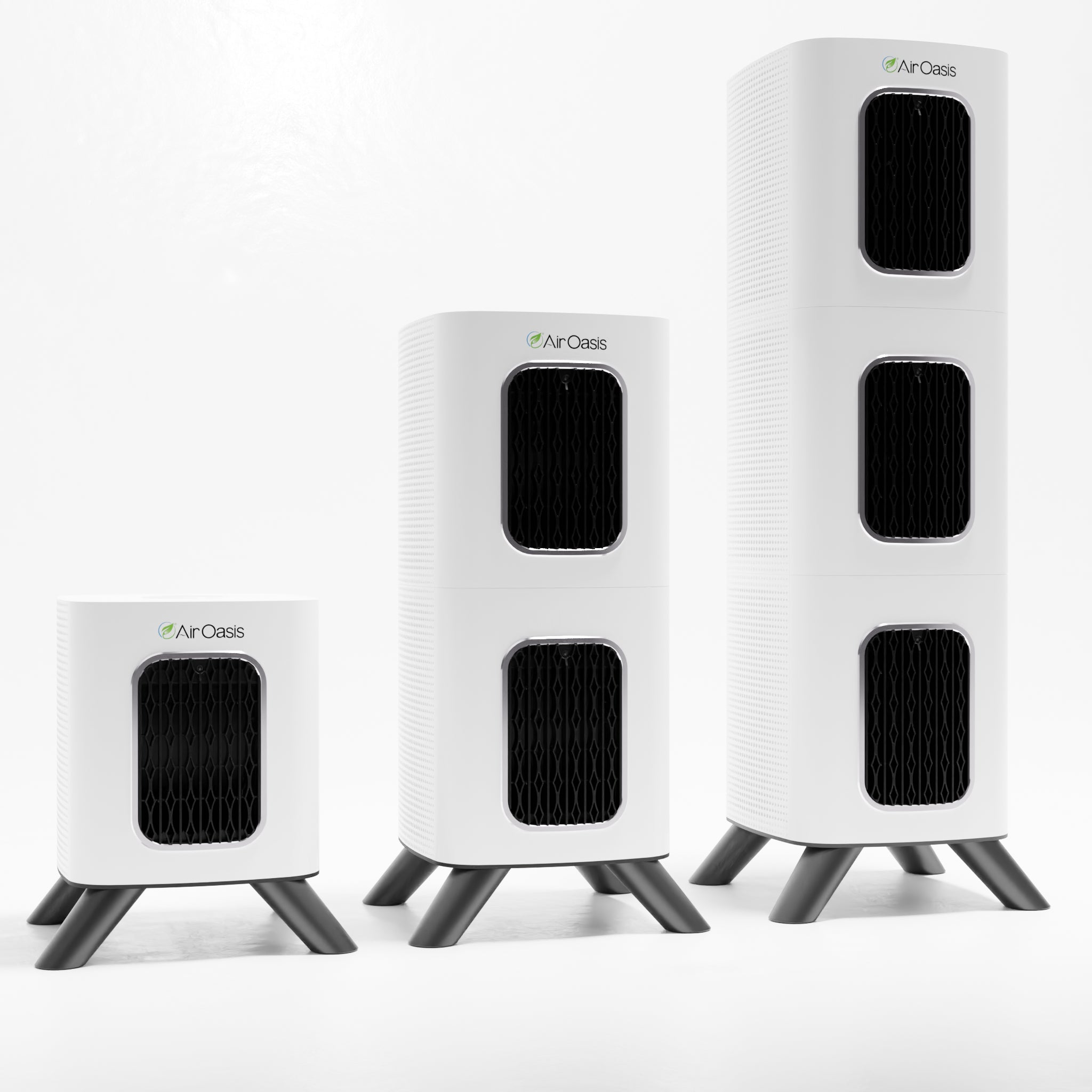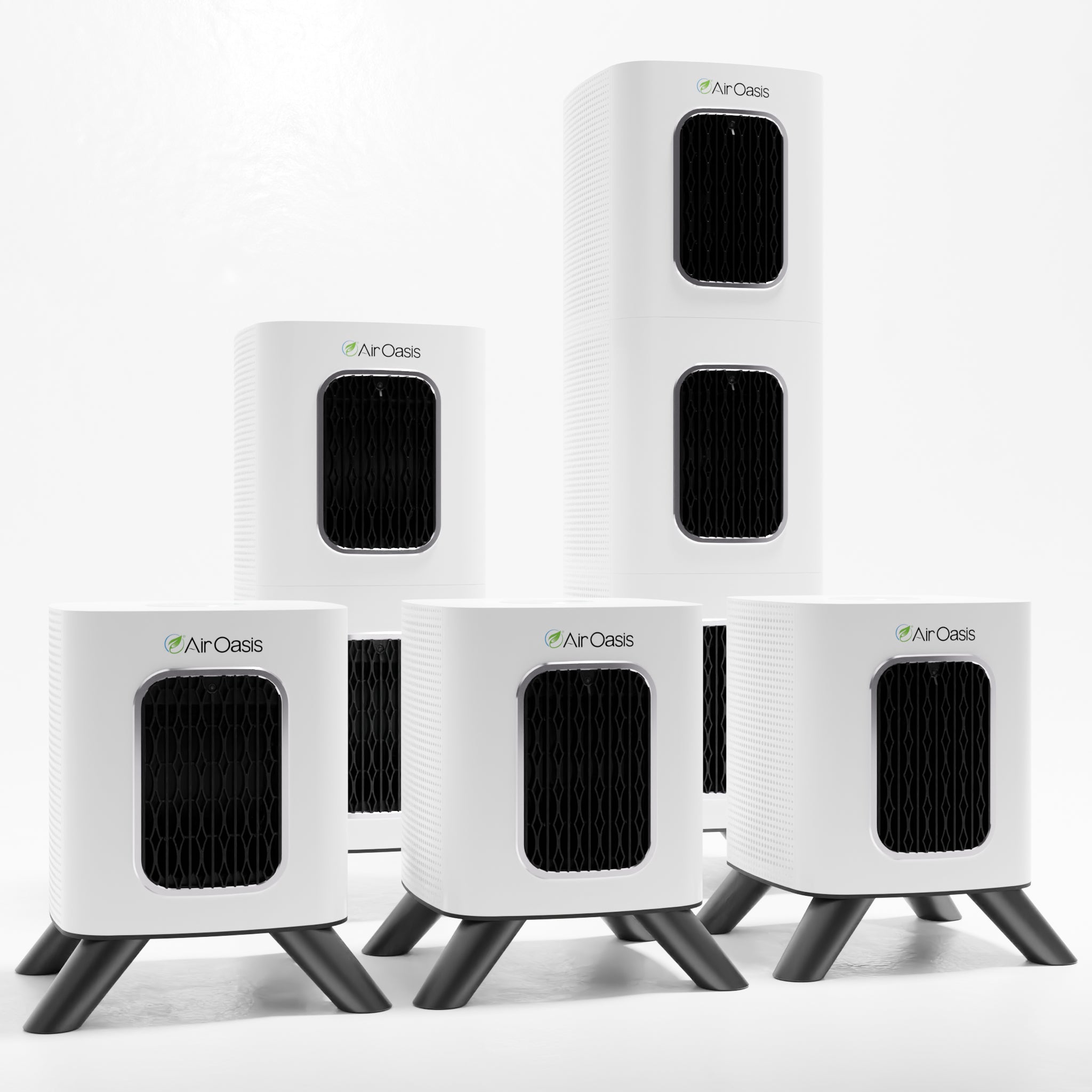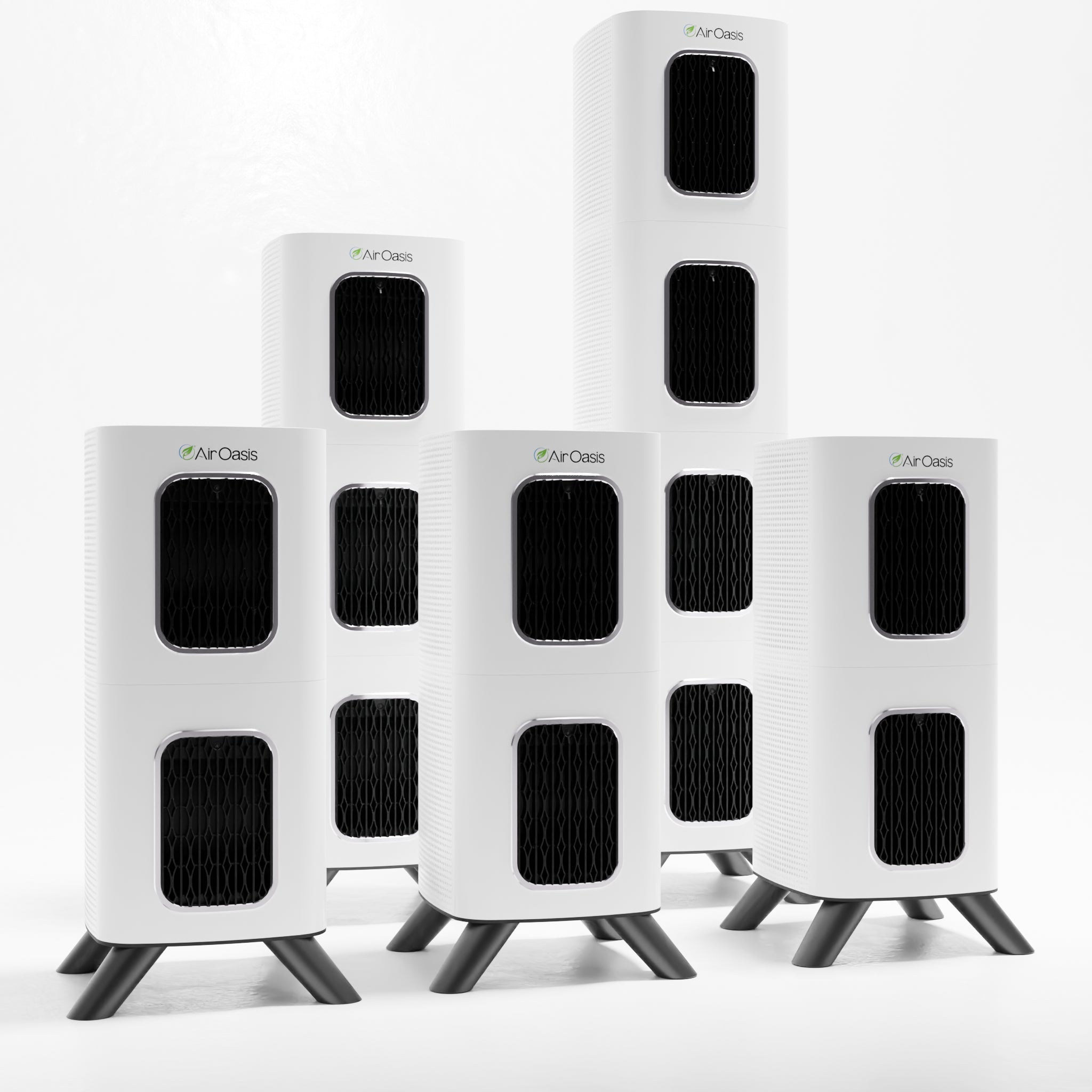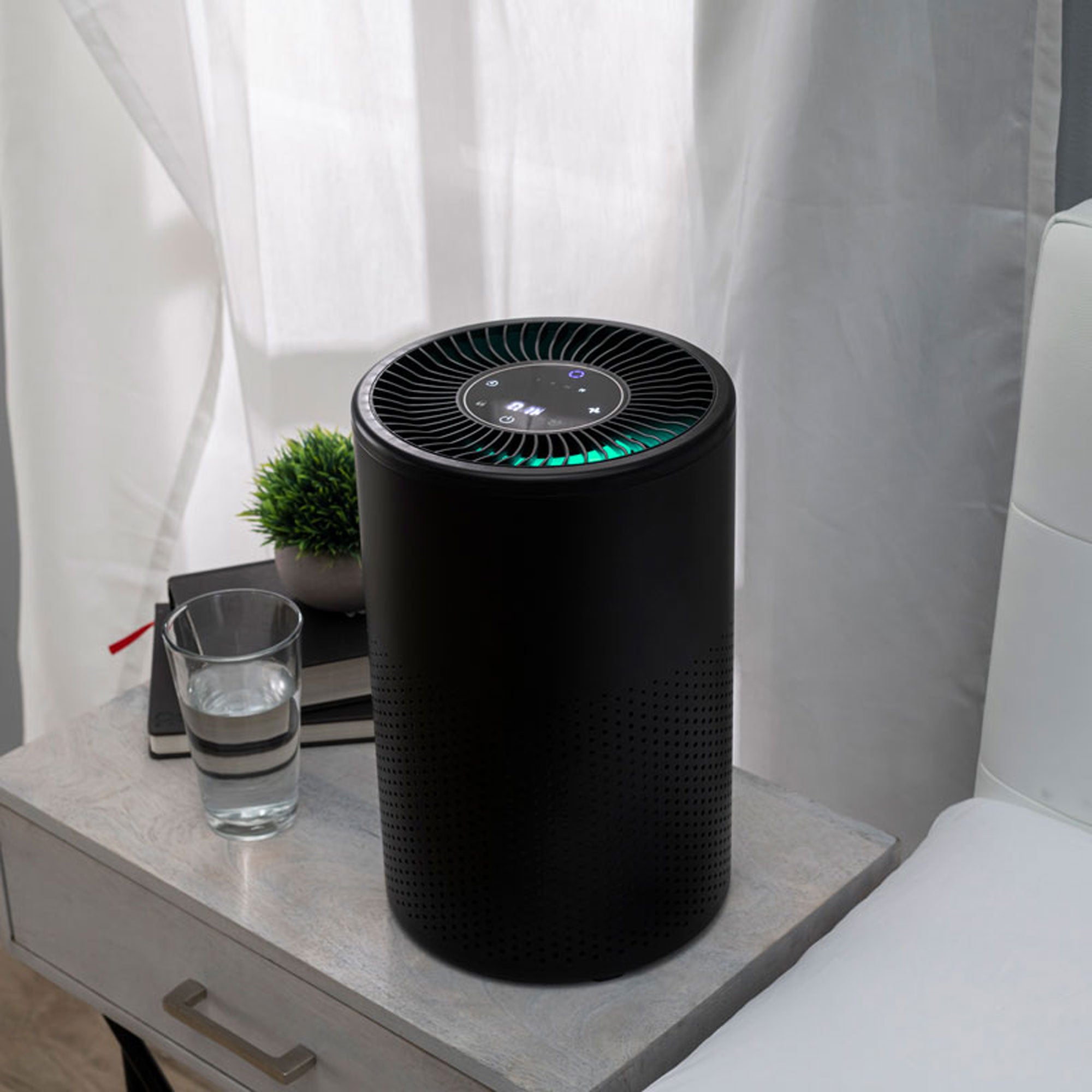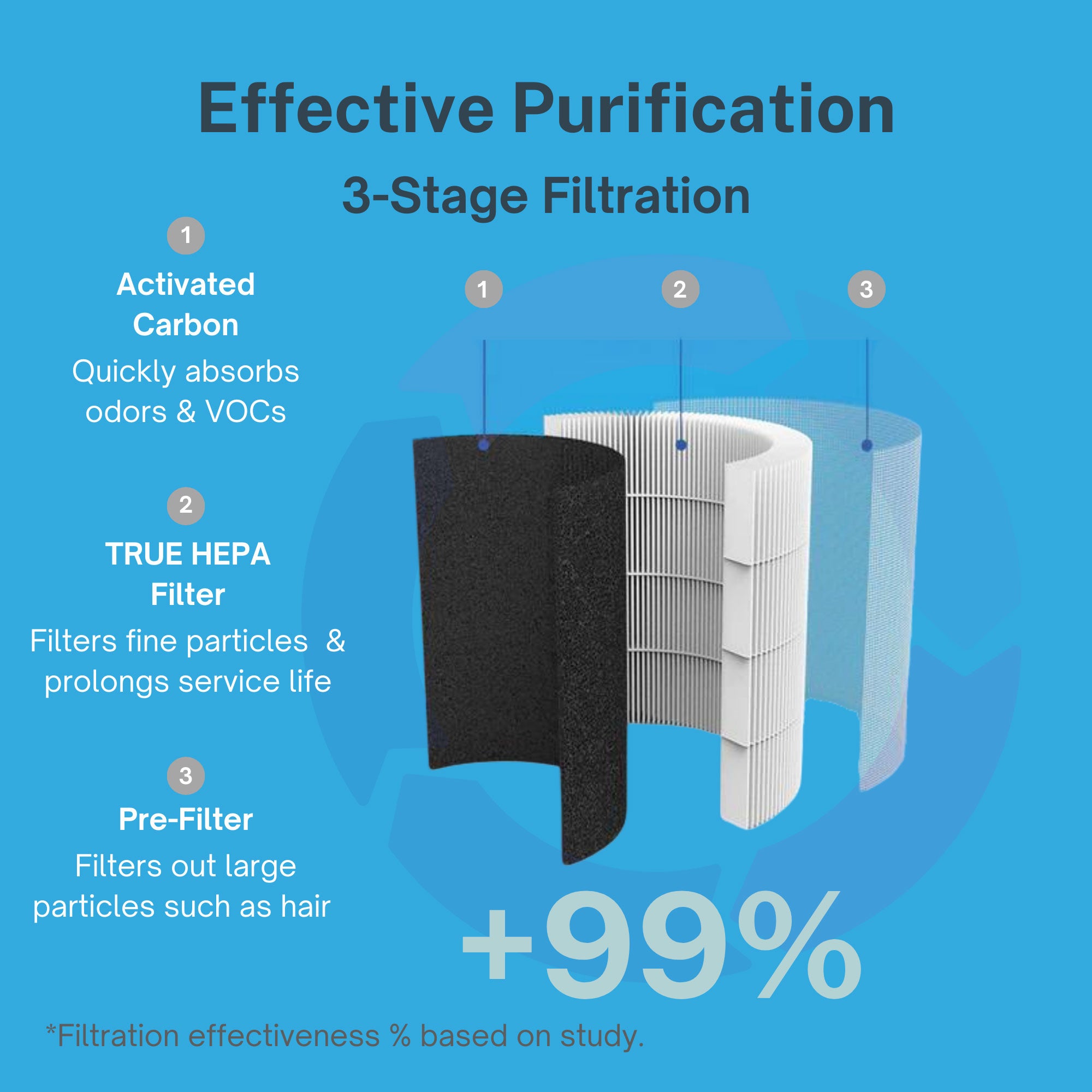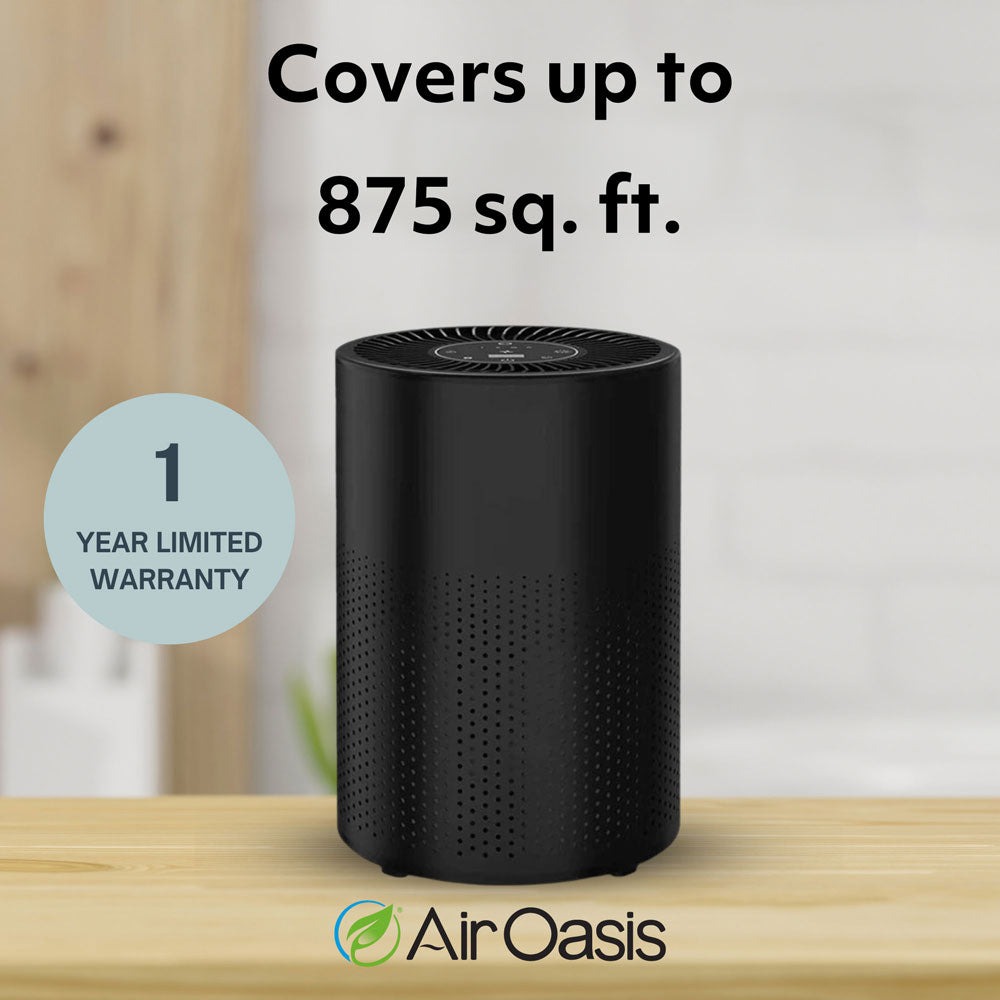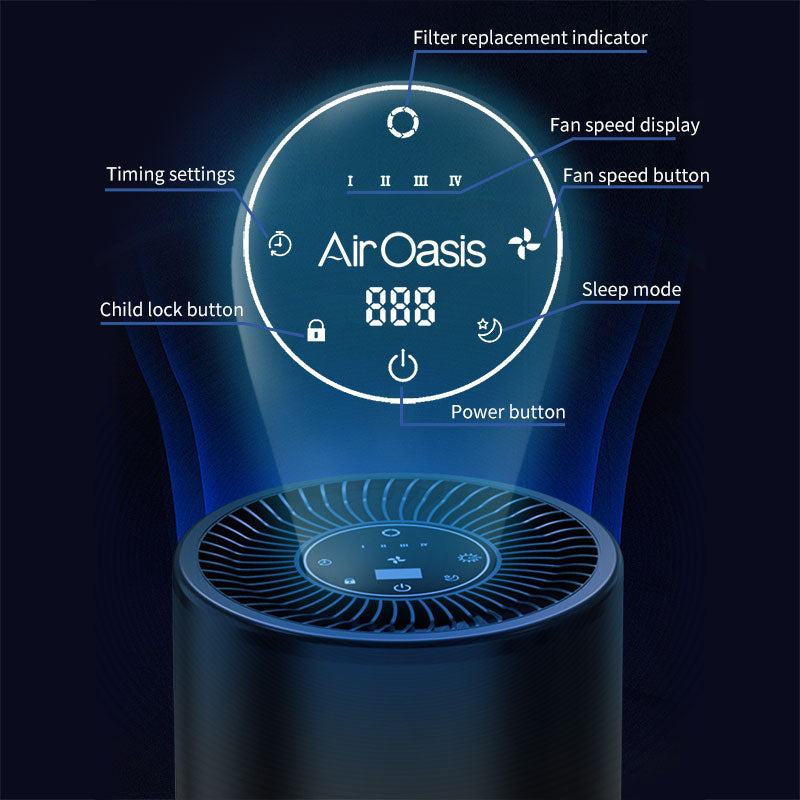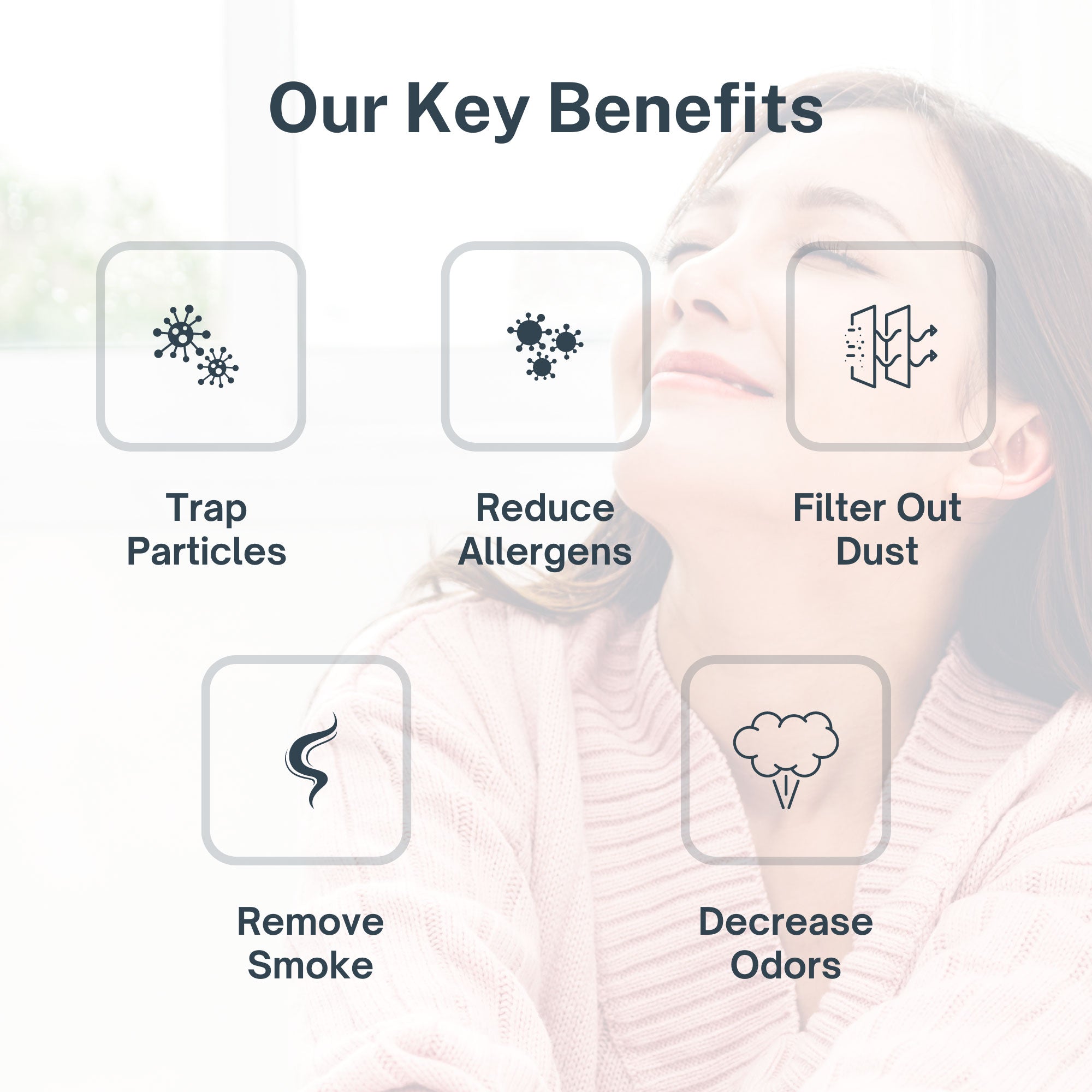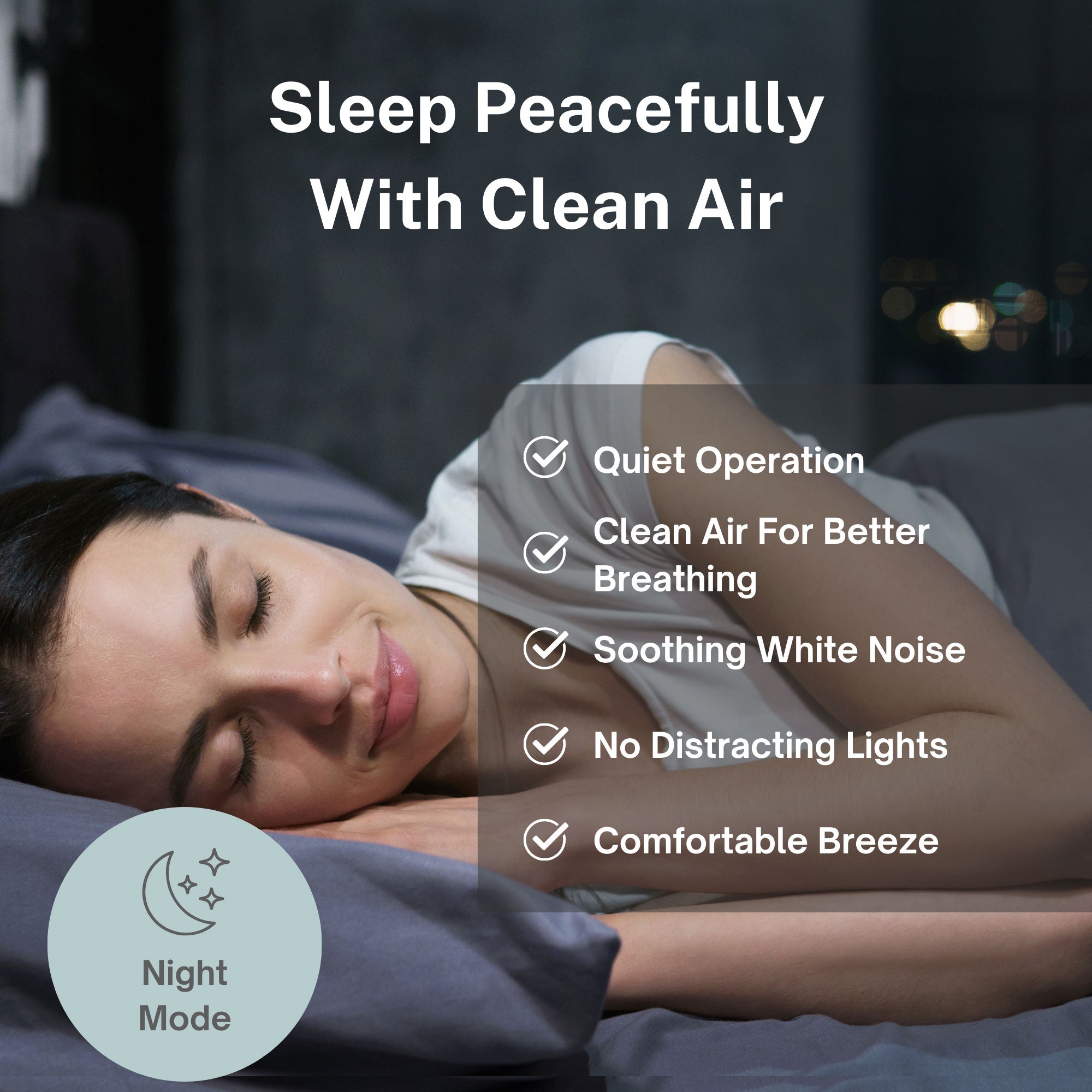The annual debate—real or artificial Christmas tree—usually centers on convenience, cost, and environmental impact. But there's another consideration most families overlook: indoor air quality. Both options affect the air you breathe throughout the holiday season, just in different ways. Understanding these impacts helps you make informed decisions and take protective measures regardless of which tree stands in your living room.
Real Trees: Natural Doesn't Mean Harmless
Fresh evergreen trees bring outdoor allergens directly indoors. Pollen settles on branches during the growing season and is released when you set up the tree. Tree sap contains terpenes—the organic compounds creating that classic pine scent. While pleasant, these are airborne chemicals your respiratory system must process for weeks.
Mold is a threat to real trees. It grows on bark during outdoor growth and transport. Once indoors in warm, humid conditions near the water reservoir, mold reproduction accelerates dramatically. Studies show mold spore counts in homes can increase by 13-fold within 2 weeks of bringing in a fresh tree.
People with mold sensitivities notice worsening symptoms soon after the tree is set up. Congestion, coughing, itchy eyes, and fatigue intensify as mold colonizes the tree and releases spores into your air. The Christmas tree you thought would bring joy becomes a significant source of allergens, affecting your family's health.
Tree needles shed continuously, creating cleanup challenges beyond just vacuuming. These needles break down into fine particles that become airborne with foot traffic and air movement. The organic matter provides food for dust mites and other allergens already present in your home.
Artificial Trees: Chemical Concerns
Artificial trees avoid mold and pollen problems but introduce different air quality issues. Most are manufactured from PVC plastic and metal. These materials off-gas volatile organic compounds, particularly when new or when heated by lights. That "new plastic" smell signals chemical emissions your family breathes.
Storage conditions worsen artificial tree air quality impacts. Trees stored in attics, basements, or garages for eleven months accumulate massive amounts of dust. When you unpack and fluff branches, you disperse concentrated dust throughout your home. This storage dust often contains mold spores, insect debris, and allergens from storage environments.
Older artificial trees degrade over time. As plastic breaks down, it releases more VOCs. Lead has been found in some imported artificial trees, particularly vintage models. Handling these trees creates dust containing heavy metals that pose health risks, especially to children.
Lights, heating, and plastic branches accelerate off-gassing. The combination of electrical heat and aging plastic materials increases chemical emissions. That distinctive smell near lighted artificial trees indicates ongoing air contamination throughout the season.
Making Either Choice Healthier
For real trees, shake vigorously outdoors before bringing them inside to remove loose needles and debris. Keep water fresh and at proper levels to discourage mold. Remove the tree promptly after the holidays rather than letting it dry out and shed for weeks.
For artificial trees, unpack and set up outdoors or in a garage first. Vacuum thoroughly or wipe down branches before bringing them inside. Store in climate-controlled spaces in sealed containers to minimize dust accumulation between seasons.
Regardless of your tree choice, run medical-grade air purification throughout the holiday season. The iAdaptAir system's HEPA filtration captures mold spores, pollen, and dust from real trees. Activated carbon adsorbs VOCs emitted by artificial trees. UV-C light neutralizes mold and bacteria from either option.
Your tree choice affects more than aesthetics and values—it affects the air your family breathes for weeks. Understanding these impacts allows you to enjoy holiday traditions while protecting your respiratory health. The iAdaptAir system addresses air quality challenges from both real and artificial trees, letting you focus on celebration rather than congestion. Shop Air Oasis today and breathe easier regardless of which tree tradition your family prefers.


